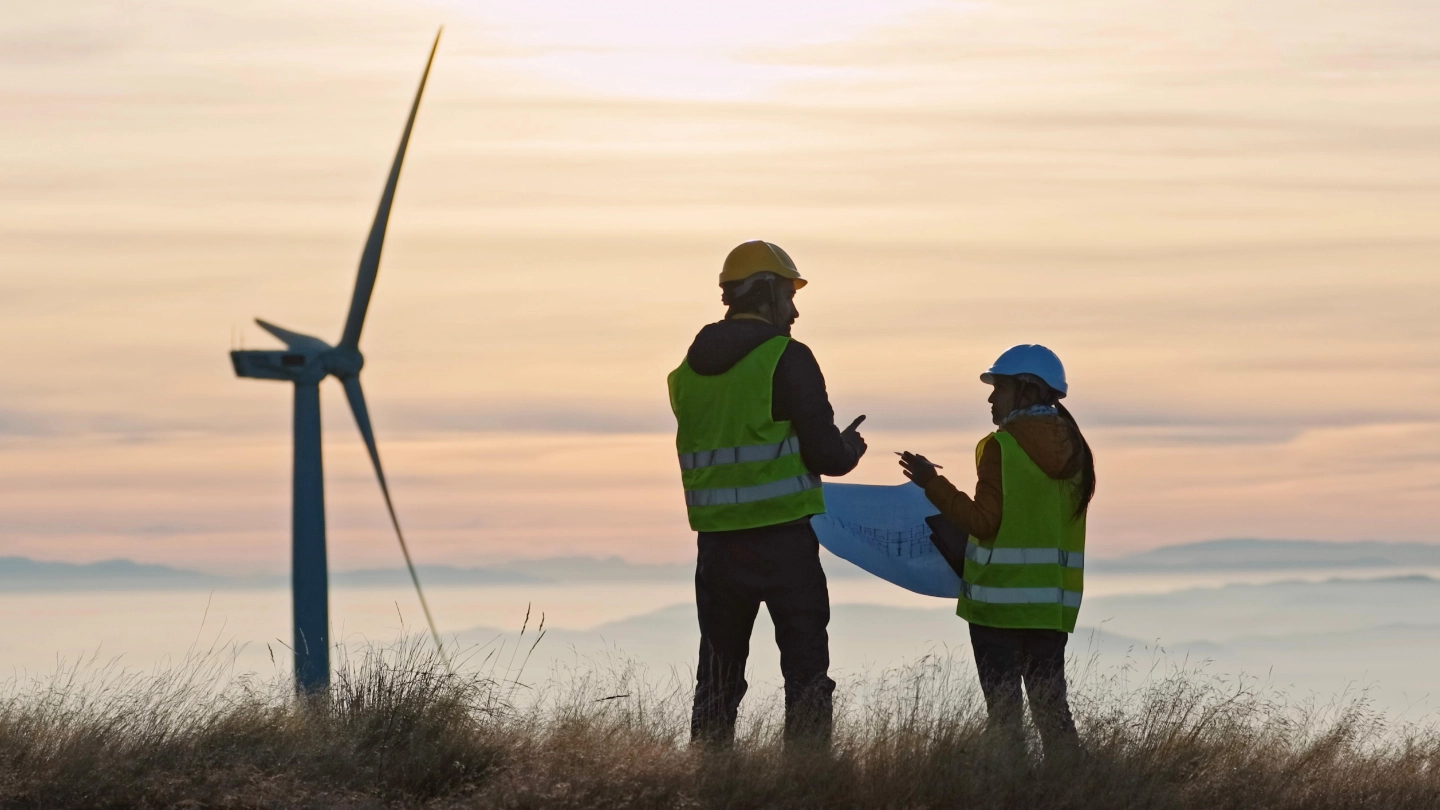
Publicaciones

Reportes

Recursos

Casos de éxito

Testimonios
Gracias a esta asociación, nuestros clientes en España pueden convertirse en vendedores en el mercado B2B de Alibaba.com sin pagar una tarifa de entrada.


Europa se ha comprometido con una...

La última amenaza arancelaria del presidente de EE. UU. expone la interdependencia armada que se ha...

Navegando el riesgo de pagos globales en un año de aumento de insolvencias y cambios en el...

Nuestra actualización del Mapa de Riesgos del tercer trimestre de...

La Organización de Cooperación de Shanghái presentó una visión económica y política alternativa para el mundo, pero los...

El presidente prometió el regreso de millones de empleos en fábricas, pero el aumento de las promesas de inversión oculta una...
Ver 7 de 54


Las empresas farmacéuticas de todo el mundo están revisando sus estrategias operativas...

Se prevé una desaceleración del crecimiento de la producción química en 2025/2026 debido a los aranceles...

Las tensiones comerciales provocan un aumento de las insolvencias

Nuestra encuesta a empresas de Canadá, México y Estados Unidos revela que, aunque el uso del crédito comercial está...

Respuesta empresarial estadounidense ante los cambios en las políticas comerciales

En busca de refugios seguros...
Ver 7 de 152
Explora cómo funcionan las fianzas y las garantías bancarias, sus similitudes y diferencias, y lo que significan...


La globalización hace que la expansión del mercado sea inevitable, pero entrar en nuevos...

...


Having a credit management system that operates seamlessly with the rest of your business is...

En una economía global interconectada y volátil, la caída de las exportaciones es más que una...

Las...
Ver 7 de 28
Cada cliente es un...



With the backing of Atradius’s resources, EnCom Polymers has been able to expand business with existing customers and go...

BVV GmbH grew internationally and recognised risks such as companies on the brink of insolvency in plenty of time to mitigate the...

Atradius Surety has enabled Vinci Construction France to expand their sources of finance beyond their...

How we are part of Continental Banden Groep B.V.'s business process, minimising risk and supporting sales

Ben Green, President and Owner at...
Ver 7 de 8
Omron has achieved sustainable growth while navigating the uncertainties of China-US trade relations and regional manufacturing transformation.


FERM (International) offers competitive payment terms and limits their credit risk to developing countries by using Atradius Dutch State Business (DSB) and...

El Ganso credits our support in helping the fashion brand grow from a domestic-focused Spanish startup to a successful international business.

By providing open dialogue, insight and valuable credit information we helped Brook Green Supply improve their internal credit...

Late payers prompted content marketing agency KMOdynamoo to take out an Atradius credit insurance policy and has resulted in better debtor management.

Our agility and local knowledge of worldwide markets and buyers are key reasons why textiles business Georg Jensen Damask say they collaborate...

Janson Bridging (International) uses export credit insurance from Atradius Dutch State Business (DSB) to offer favourable credit terms to customers...
Ver 7 de 9
































